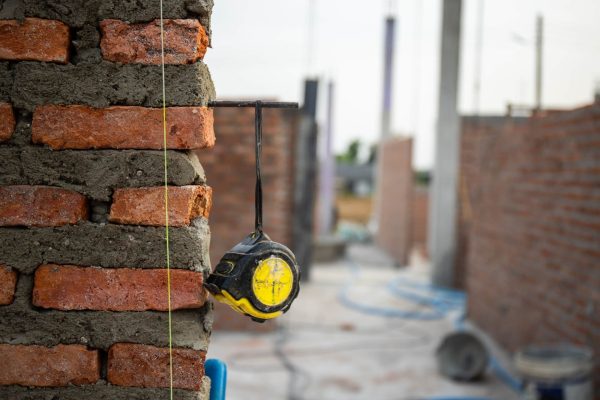How to get planning permission for your annexe
In today’s blog, we explain some common myths and misconceptions about granny annexe planning in the UK. We’ll also explain what you can and cannot use your annexe for. We’ll help you understand the common misconceptions about the planning process. So that you will be able to submit a successful application and get planning permission for your annexe.
Granny annexes, annexes and garden rooms are an increasingly popular option for multi-generational living in the UK. They are ideal for families bringing elderly loved ones closer or young adults needing an affordable living space. However, several misconceptions hold people back from building annexes!
How to get planning permission for your annexe – Busting Myths #1 -#6
Myth #1: Granny annexes can only be used by a granny or elderly relative.
While granny annexes are a great way to bring older family members closer, they’re not limited to this purpose. Annexes connect to the main house (ancillary use) but offer separate living for adult children, teens, or guests. Ancillary means it supports the main function of the house, but has its own purpose.
Myth #2: Granny annexes are self-contained and so are separate dwellings.
Annexes typically include bedrooms, kitchens, or bathrooms, offering a degree of independence. Despite this, they are legally seen as extensions of the main house, even if detached. Granny annexes often share utilities like water and electricity with the main dwelling. Annexes with primary facilities are allowed if they are linked to the main house by ancillary use.
Myth #3: Granny annexes do not require planning permission or can be built under Permitted Development Rights.
Small outbuildings (sheds/garages) may be permitted under Permitted Development (PD), but only if your site allows it. It’s best to check with your local planning authority (LPA) to confirm if your property benefits from PD rights. In contrast, annexes typically require full planning permission because their purpose extends beyond simply enjoying the main dwelling.
Myth #4: Granny annexes must occupy no more than 50% of the available garden space.
The 50% rule typically applies to garden buildings constructed under Permitted Development. The 50% rule does not apply to annexes as they are considered ancillary and do not qualify as Permitted Development.
Myth #5: Granny annexes can be rented out.
Understanding annexe use is important. They should function alongside the main house, typically for family members. Renting to unrelated people might be seen as creating a separate dwelling, raising concerns about development and neighbourhood impact. Consequently, local authorities often restrict renting annexes as independent living spaces.
Myth #6: Granny annexes can be located anywhere within the garden.
Planning for annexes requires them to be ancillary to the main house (clear purpose, e.g., family) and proximity for easier access, especially for older relatives. Approved granny annexes offer extra space, independence, and privacy for loved ones, fostering a sense of closeness while respecting their autonomy. Locating an annexe at the bottom of a large garden would be less likely to be looked at favourably by a Local Planning Authority.
Get in touch to discuss your project
Thinking of adding an annexe to your garden? Get expert advice! We offer comprehensive guidance throughout the planning process, from initial ideas to securing the necessary permissions. Contact us today and speak to one of our experienced planners. They’ll be happy to answer your questions and help bring your annexe vision to life.
www.napc.uk
01285 283200
info@napc.uk


